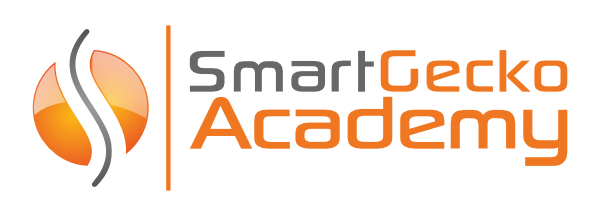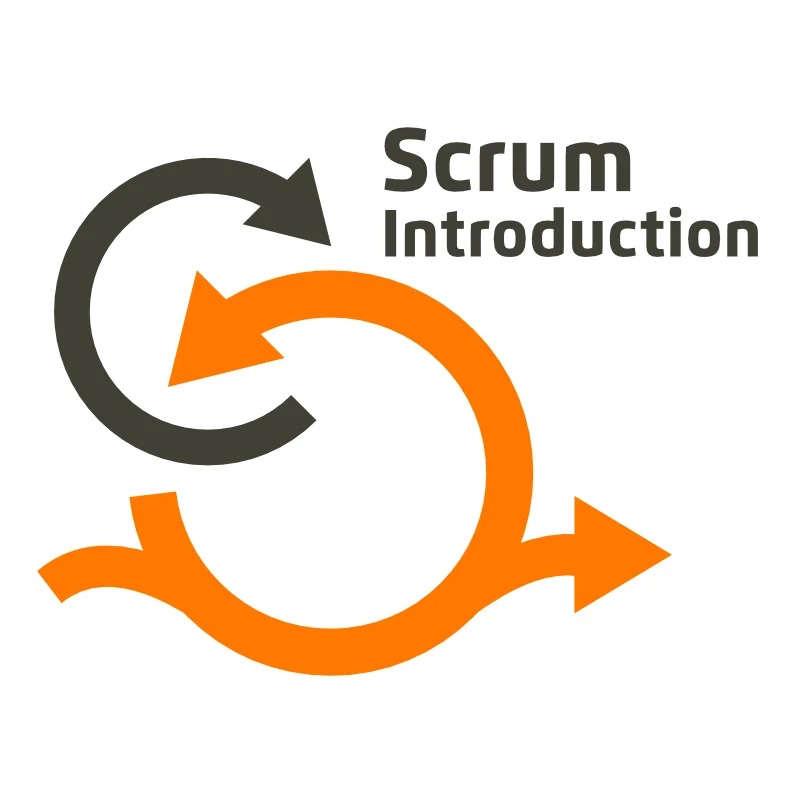Formation
Réf SGSC11
Durée 1 jour
Prix 690.00 CHF TTC



This course is dedicated to the Scrum framework. She will answer questions such as: How does Scrum work? How does it differ from conventional development? Where to start? What changes can be expected when using Scrum?
Réf SGSC11
Durée 1 jour
Prix 690.00 CHF TTC
| Dates | Lieu | |
du 13.06.2024 au 13.02.2024 Détail des horaires Date début fin 13.06.2024 09h00 17h00 14.06.2024 09h00 17h00 15.06.2024 09h00 17h00 16.06.2024 09h00 17h00 17.06.2024 09h00 17h00 18.06.2024 09h00 17h00 19.06.2024 09h00 17h00 20.06.2024 09h00 17h00 21.06.2024 09h00 17h00 22.06.2024 09h00 17h00 23.06.2024 09h00 17h00 24.06.2024 09h00 17h00 25.06.2024 09h00 17h00 26.06.2024 09h00 17h00 27.06.2024 09h00 17h00 28.06.2024 09h00 17h00 29.06.2024 09h00 17h00 30.06.2024 09h00 17h00 01.07.2024 09h00 17h00 02.07.2024 09h00 17h00 03.07.2024 09h00 17h00 04.07.2024 09h00 17h00 05.07.2024 09h00 17h00 06.07.2024 09h00 17h00 07.07.2024 09h00 17h00 08.07.2024 09h00 17h00 09.07.2024 09h00 17h00 10.07.2024 09h00 17h00 11.07.2024 09h00 17h00 12.07.2024 09h00 17h00 13.07.2024 09h00 17h00 14.07.2024 09h00 17h00 15.07.2024 09h00 17h00 16.07.2024 09h00 17h00 17.07.2024 09h00 17h00 18.07.2024 09h00 17h00 19.07.2024 09h00 17h00 20.07.2024 09h00 17h00 21.07.2024 09h00 17h00 22.07.2024 09h00 17h00 23.07.2024 09h00 17h00 24.07.2024 09h00 17h00 25.07.2024 09h00 17h00 26.07.2024 09h00 17h00 27.07.2024 09h00 17h00 28.07.2024 09h00 17h00 29.07.2024 09h00 17h00 30.07.2024 09h00 17h00 31.07.2024 09h00 17h00 01.08.2024 09h00 17h00 02.08.2024 09h00 17h00 03.08.2024 09h00 17h00 04.08.2024 09h00 17h00 05.08.2024 09h00 17h00 06.08.2024 09h00 17h00 07.08.2024 09h00 17h00 08.08.2024 09h00 17h00 09.08.2024 09h00 17h00 10.08.2024 09h00 17h00 11.08.2024 09h00 17h00 12.08.2024 09h00 17h00 13.08.2024 09h00 17h00 14.08.2024 09h00 17h00 15.08.2024 09h00 17h00 16.08.2024 09h00 17h00 17.08.2024 09h00 17h00 18.08.2024 09h00 17h00 19.08.2024 09h00 17h00 20.08.2024 09h00 17h00 21.08.2024 09h00 17h00 22.08.2024 09h00 17h00 23.08.2024 09h00 17h00 24.08.2024 09h00 17h00 25.08.2024 09h00 17h00 26.08.2024 09h00 17h00 27.08.2024 09h00 17h00 28.08.2024 09h00 17h00 29.08.2024 09h00 17h00 30.08.2024 09h00 17h00 31.08.2024 09h00 17h00 01.09.2024 09h00 17h00 02.09.2024 09h00 17h00 03.09.2024 09h00 17h00 04.09.2024 09h00 17h00 05.09.2024 09h00 17h00 06.09.2024 09h00 17h00 07.09.2024 09h00 17h00 08.09.2024 09h00 17h00 09.09.2024 09h00 17h00 10.09.2024 09h00 17h00 11.09.2024 09h00 17h00 12.09.2024 09h00 17h00 13.09.2024 09h00 17h00 14.09.2024 09h00 17h00 15.09.2024 09h00 17h00 16.09.2024 09h00 17h00 17.09.2024 09h00 17h00 18.09.2024 09h00 17h00 19.09.2024 09h00 17h00 20.09.2024 09h00 17h00 21.09.2024 09h00 17h00 22.09.2024 09h00 17h00 23.09.2024 09h00 17h00 24.09.2024 09h00 17h00 25.09.2024 09h00 17h00 26.09.2024 09h00 17h00 27.09.2024 09h00 17h00 28.09.2024 09h00 17h00 29.09.2024 09h00 17h00 30.09.2024 09h00 17h00 01.10.2024 09h00 17h00 02.10.2024 09h00 17h00 03.10.2024 09h00 17h00 04.10.2024 09h00 17h00 05.10.2024 09h00 17h00 06.10.2024 09h00 17h00 07.10.2024 09h00 17h00 08.10.2024 09h00 17h00 09.10.2024 09h00 17h00 10.10.2024 09h00 17h00 11.10.2024 09h00 17h00 12.10.2024 09h00 17h00 |  Session ouverte Session ouverte | Genève / Lausanne |
This training will meet the following objectives:
The group exercises proposed in the course will enable you to acquire the skills you need and prepare you for the challenges that await you in your professional field.
This way, you
This training course is designed for: people responsible for development or wishing to bring about positive organizational change; people playing a supporting role in increasing the efficiency, effectiveness and productivity of achievement teams.
It is recognized in continuing education for various certification organizations:
– 7 PMI® PDUs, see “How to report PDUs”.
– 7 IIBA® CDU
– 7 ScrumAlliance® SDU
You can acquire one or more Scrum certifications from scrum.org by adding one or two additional days of training. Consult the offers :
What is Scrum and how was it developed?
Why does Scrum work and what are its principles? How do they differ from traditional approaches, and what do they look like?
How can you use Scrum theory in practice while employing timeboxes, roles, rules and artifacts? How can it be used most effectively? When doesn’t it work?
Scrum is different. What impact does this difference have on a project and an organization? How best to introduce Scrum in terms of expected changes?
A system not only needs to be developed, it also needs to be introduced, maintained and improved. How do you measure and optimize Total Cost of Ownership (TCO)?
How do you set up teams? What team dynamics should be taken into account? What are the effects on productivity?
Scrum works very well with a single team. It also works for projects or products involving hundreds or even thousands of employees worldwide. What’s the best way to scale Scrum?

Smart Gecko AG
training@smartgecko.academy